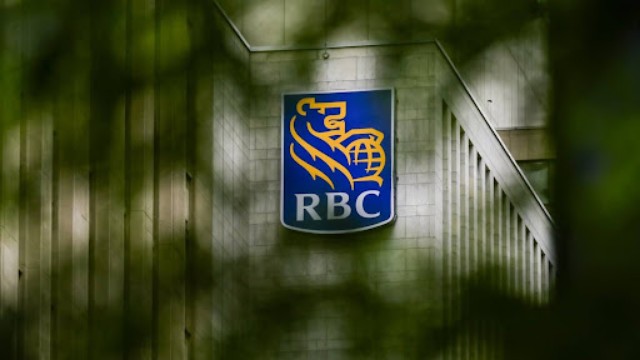
The sky is the limit when it comes to agrivoltaics, says Janna Grier, as she moves a group of pigs to graze a new area of a solar field east of Calgary. (Kyle Bakx/CBC)
Under the scorching sun, Janna Grier steps out of her truck to tend to her flock of sheep, who are spending their third summer at a solar farm near Calgary, about 40 kilometers to the east. Her sheep, around a thousand in number, have a simple task: to graze on the weeds that sprout up around the nearly 110,000 solar panels spread across 130 hectares of prairie.
Grier, a seasoned farmer with 15 years of experience, views these weeds differently than most. "A lot of people see weeds as a nuisance, but for us, they're a valuable food source," she says, noting that many weeds are rich in protein, making them ideal for her sheep.
This summer, Grier has introduced a new element to her weed control strategy: eight kunekune pigs, a breed from New Zealand. As she moves the pigs to a new grazing area, they follow her obediently. She sees potential in this method, particularly as large-scale solar farms continue to expand. "In the next five to 10 years, we're going to see a lot more solar development, and there’s huge potential for using animals like these," she explains.
A small group of pigs are the newest members of the grazing team. (Kyle Bakx/CBC)
The rise in large solar farms has led to an increased demand for animals to help manage vegetation. This practice, known as "agrivoltaics," combines agriculture with solar energy production. While not a new concept, it is gaining traction, especially with impending government regulations.
Sheep are commonly used in agrivoltaics as they eliminate the need for herbicides and reduce the risk of damaging solar panels with lawnmowers. Research is ongoing to explore other animals and crops that could be integrated into solar sites.
However, the expansion of solar fields has caused tension in rural areas, where agriculture has traditionally dominated. Agrivoltaics offers a potential solution by allowing farming activities to continue alongside energy production. Janet Annesley, chief sustainability officer at Calgary-based Kiwetinohk Energy, emphasizes this balance. The company is planning a major solar project and is exploring whether to use animals or crops on the land.
To test different plants under solar panels, Kiwetinohk has partnered with Alberta Innotech on a pilot project. This research is part of a broader effort across Canada to explore the best agrivoltaics practices, with universities studying the combination of solar panels with various crops.Despite initial skepticism from farmers about integrating solar panels with traditional farming, studies suggest that some crops benefit from the shade and wind protection provided by the panels. As solar development continues, Grier is optimistic about the opportunities for her business. She plans to expand her experiment with pigs next year, hoping to further integrate agriculture and solar energy. "It's about finding ways for both to work together," she says.















